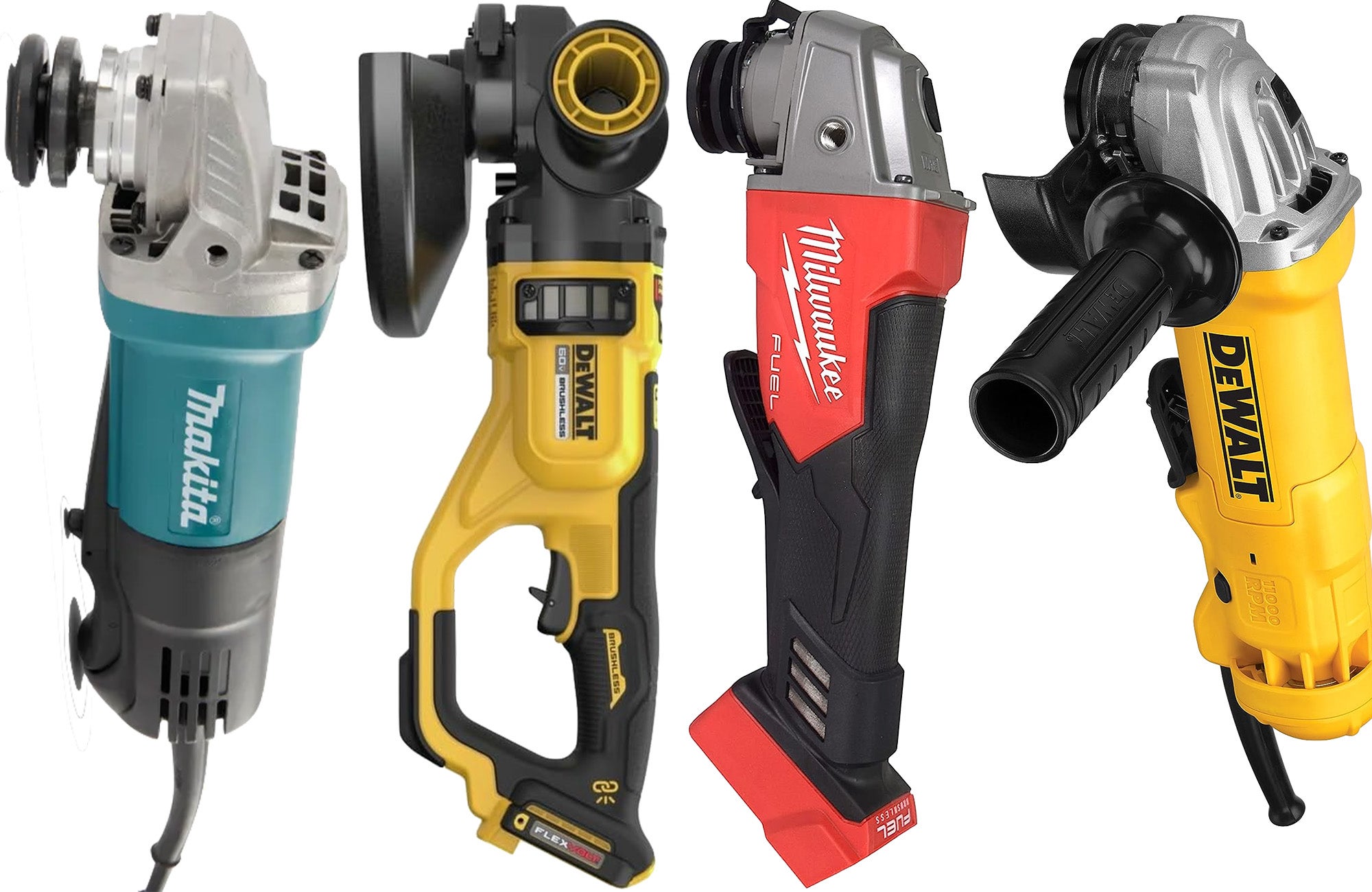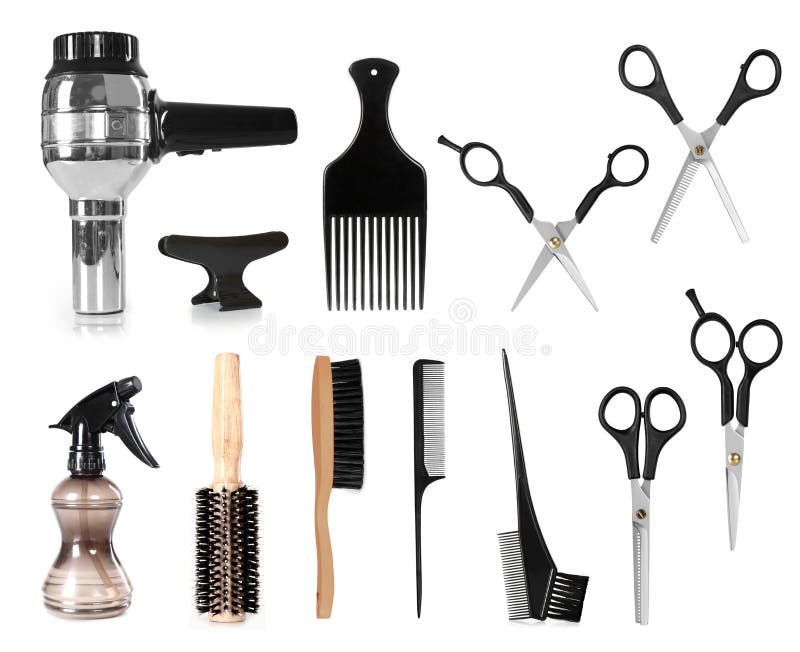bendoredd's blog
An angle grinder is really a versatile and indispensable tool that finds its invest the toolkit of both professional tradespeople and avid DIY enthusiasts. With its capability to cut, grind, polish, and sand various materials, the angle grinder is really a powerhouse that could tackle a wide selection of tasks Grinding tools. However, selecting the most appropriate angle grinder can be a daunting task, taking into consideration the myriad of options available in the market. In this buyer's guide, we shall explore key factors to take into account when selecting an ideal angle grinder for the needs.

1. Power Rating:
One of the first what to consider whenever choosing an angle grinder is its power rating. Angle grinders typically can be found in a range of power ratings, measured in watts or amps. Higher power ratings generally indicate more robust performance, making the tool suitable for heavy-duty tasks. However, for light to medium-duty applications, a lesser power rating could be sufficient, saving you money and reducing the overall weight of the tool.
2. Disc Size:
Angle grinders can be found in various disc sizes, most abundant in common being 4.5 inches and 7 inches. The disc size determines the depth of cut and the overall size of the tool. Smaller grinders are ideal for precision work and are easier to handle, while larger grinders are better suited for heavy-duty tasks. Think about the scale of your projects and select a disc size that aligns together with your needs.
3. Safety Features:
Safety is paramount whenever using power tools, and angle grinders are no exception. Look for grinders that come with safety features such as a paddle switch, which can be quickly switched off in case there is an emergency. Additionally, some models include features like kickback reduction and anti-vibration handles to improve user safety and control during operation.
4. Speed Rating:
The speed at that your disc rotates is measured in revolutions each and every minute (RPM). Different tasks require different speeds, so it's essential to choose an angle grinder with a variable speed control or one which aligns with the particular applications you have in mind. Higher RPM is generally better for cutting, while lower speeds are more suitable for tasks like polishing and grinding.
5. Corded vs. Cordless:
Angle grinders can be found in both corded and cordless models. Corded grinders provide a consistent power but may limit mobility, while cordless models offer greater flexibility but are determined by battery life. Consider your workspace and the type of your projects to determine whether a corded or cordless angle grinder is more suitable for your needs.
6. Durability and Build Quality:
Purchasing a durable and well-built angle grinder is essential for long-term satisfaction. Look for models with robust housing, sturdy handles, and durable components. Additionally, grinders with features like sealed bearings and dust-sealed switches will fare better in harsh working environments, increasing the tool's lifespan.
7. Accessories and Compatibility:
Think about the availability of accessories and the simple finding replacement parts for the angle grinder. Check if the tool is appropriate for many different discs and attachments, as this will enhance its versatility and usability for different tasks.
8. Brand Reputation and Reviews:
Lastly, research the trustworthiness of the brand and read reviews from other users. A respected brand with reviews that are positive is more likely to produce reliable and high-quality angle grinders. User feedback provides valuable insights to the performance, durability, and overall satisfaction with a specific model.
To conclude, selecting the most appropriate angle grinder involves a cautious consideration of power, disc size, safety features, speed rating, corded vs. cordless, durability, compatibility, and brand reputation. By taking the time to assess your specific needs and weighing these factors, you can confidently select an angle grinder which will become a valuable asset in your toolkit, making your projects more effective and enjoyable.
Introduction
The art of blow-drying is really a transformative skill that may elevate your hairstyling routine to professional levels. Whether you're looking to accomplish a smooth, salon-quality finish or add volume and texture, the key lies in mastering the techniques and selecting the most appropriate tools. In this article, we'll explore the power of blow-drying and share essential tips and tricks for achieving stellar results using professional hair dryers.

Selecting the Right Professional Hair Dryer
Buying a high-quality hair dryer could be the first step to achieving salon-worthy results. Professional hair dryers offer advanced features, powerful motors, and various heat and speed settings Latest Models. Consider factors such as for instance ionic technology, ceramic components, and multiple attachments for a versatile styling experience. Brands like Dyson, ghd, and BaByliss are noted for producing top-notch professional hair dryers that focus on different hair types and styling needs.
Tips and Tricks for Effective Blow-Drying
1. Prep Your Hair:
Before starting the blow-drying process, ensure your hair is clean and well-conditioned. Towel-dry your hair gently to eliminate excess water, and apply a temperature protectant to avoid damage. Comb through your hair to eliminate any tangles, making the blow-drying process smoother.
2. Section Your Hair:
Divide your hair into manageable sections using clips. This ensures even drying and lets you focus using one section at a time. Professionals often divide hair into three main sections - lower, middle, and top - for optimal control.
3. Use the Right Attachment:
Most professional hair dryers come with various attachments such as for instance concentrators and diffusers. Use a concentrator nozzle for a smooth and straight finish, directing the airflow along the hair shaft. A diffuser, on the other hand, is perfect for enhancing natural curls and waves while minimizing frizz.
4. Understand Heat and Speed Settings:
Professional hair dryers offer multiple heat and speed settings. Use lower heat settings for fine or damaged hair to avoid excessive heat damage. Higher heat settings can be utilized for thicker or coarser hair. Adjust the speed settings based on the style you're aiming to achieve.
5. Master the Brush Technique:
The brush you use during blow-drying plays a crucial role in achieving your desired style. Round brushes are great for adding volume and creating curls, while paddle brushes work well for a smooth and straight finish. Use the brush to guide the hair as you direct the heat from the dryer.
6. Cool Shot for Setting Styles:
Many professional hair dryers have a cool shot button. Once you've styled a section, blast it with cool air to create the style in place. This can help to boost the longevity of one's blowout and adds shine to the hair.
7. Work from Roots to Ends:
Start blow-drying at the roots and work the right path down seriously to the ends. This ensures that the roots are lifted, adding volume, as the ends are smoothed for a polished look.
8. Final Touches:
Once your hair is dry, run your fingers through it to separation any stiffness. Apply a little bit of serum or styling product to incorporate shine and control frizz.
Conclusion
Mastering the art of blow-drying with professional hair dryers can significantly elevate your hairstyling game. From selecting the most appropriate tools to implementing effective techniques, each step plays a crucial role in achieving salon-quality results. Experiment with various attachments, brushes, and settings to discover the optimal combination for your hair type and desired style. With practice and the proper tools, you'll unlock the power of blow-drying and take pleasure in the versatility it brings to your daily hair routine.
